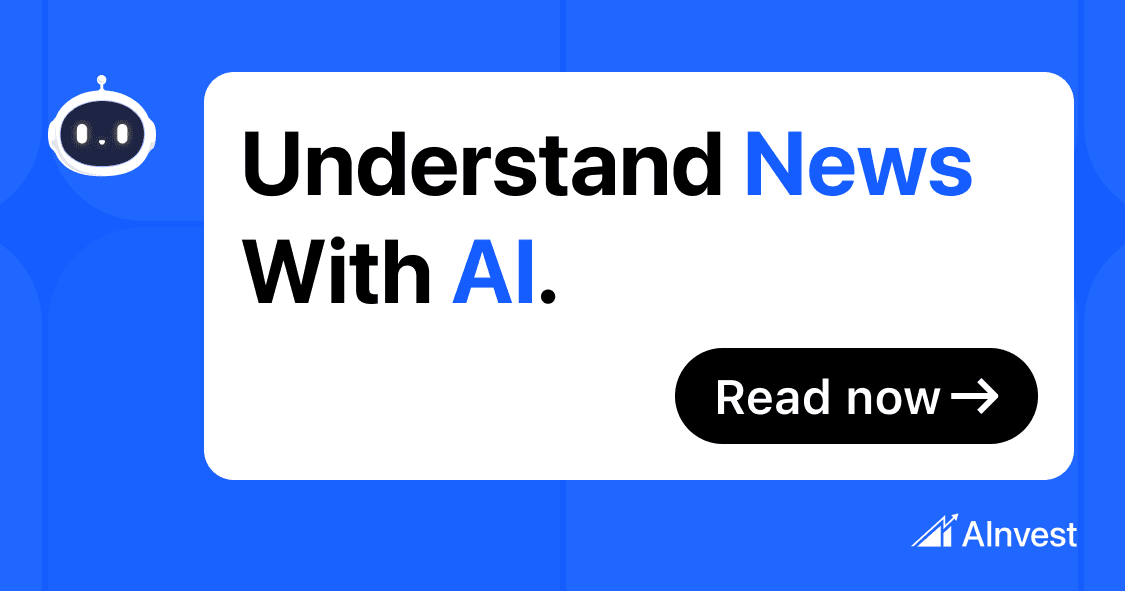
OCBC’s $1 Billion Digital US Commercial Paper Programme: A Strategic Move in the Era of Tokenized Debt Markets
The global financial landscape is undergoing a seismic shift as distributed ledger technology (DLT) redefines the mechanics of debt markets. From the European Union’s Digital Gilt Instrument (DIGIT) pilot to Singapore’s Project Bond initiatives, institutions are racing to harness blockchain’s potential to streamline settlement, enhance transparency, and unlock liquidity. In this evolving ecosystem, OCBC Bank’s $1 billion Digital US Commercial Paper Programme stands out as a bold, forward-looking strategy. By anchoring its initiative in tokenized debt, OCBC is not merely adapting to change—it is positioning itself at the vanguard of a financial revolution.
Global Trends: DLT as the Catalyst for Debt Market Modernization
The EU’s DLT Pilot Regime, launched in 2023, has already demonstrated the viability of blockchain in trading and settlement. By 2025, the regime’s focus on interoperability and regulatory recalibration has spurred experimentation with sovereign and corporate bonds. Similarly, the UK’s DIGIT pilot, with its emphasis on on-chain settlement and OTC trading, underscores the urgency of integrating DLT into traditional infrastructure. Meanwhile, Singapore’s Monetary Authority of Singapore (MAS) has been a trailblazer, enabling institutions like OCBC to test tokenized government securities (SGS) and corporate bonds under its FinTech Regulatory Sandbox.
These initiatives share a common goal: to address the inefficiencies of legacy systems. Traditional debt markets suffer from fragmented infrastructure, delayed settlements (often T+2 or longer), and opaque ownership records. DLT, with its immutable ledgers and smart contract capabilities, offers a solution. For instance, the European Investment Bank’s 2022 digital bond issuance on a private blockchain reduced settlement times from days to minutes. Such precedents validate the scalability of tokenized debt, a trend OCBC is now leveraging.
OCBC’s Digital Commercial Paper Programme: A Case Study in Innovation
OCBC’s 2025 Digital US Commercial Paper Programme, facilitated by JPMorgan’s Digital Debt Service (DDS) and custodied by State Street, exemplifies the bank’s strategic alignment with global DLT trends. The programme’s $100 million tokenized commercial paper issuance—settled via T+0 delivery-versus-payment (DVP)—eliminates counterparty risk and slashes settlement times to near real-time. This is not just a technical feat; it’s a paradigm shift.
The programme’s structure mirrors broader industry advancements. By automating corporate actions (e.g., interest payments, redemptions) through smart contracts, OCBC reduces administrative overhead and operational costs. Furthermore, the use of a digital wallet managed by State Street ensures institutional-grade security while maintaining compliance with Singapore’s stringent AML/CFT and cybersecurity frameworks. This hybrid model—bridging traditional finance with decentralized infrastructure—addresses a critical barrier to adoption: regulatory uncertainty.
OCBC’s initiative also aligns with Singapore’s ambition to become a global fintech hub. The MAS’s Finance for Net Zero Action Plan, which promotes tokenized green bonds, and its support for embedded finance platforms like GrabPay, create a fertile ground for innovation. OCBC’s collaboration with fintech startups and its integration of AI-driven risk assessment tools further reinforce its competitive edge.
Strategic Implications and Investment Considerations
The tokenized debt market is projected to grow from $26.4 billion in 2025 to $19 trillion by 2033, driven by institutional demand for yield-bearing digital assets and regulatory clarity (e.g., EU’s MiCAR, U.S. CLARITY Act). OCBC’s early adoption positions it to capture a significant share of this growth. For investors, the bank’s digital transformation signals resilience in a post-pandemic world where agility and technological prowess are paramount.
However, risks persist. While DLT mitigates operational inefficiencies, cross-border interoperability and evolving regulatory standards remain challenges. Investors should monitor OCBC’s partnerships with global custodians like State Street and its ability to scale tokenized offerings beyond commercial paper. Additionally, the bank’s integration of AI and blockchain into its Global Markets segment—responsible for foreign exchange, fixed income, and derivatives—could unlock new revenue streams, further enhancing shareholder value.
Conclusion: A Blueprint for the Future
OCBC’s Digital US Commercial Paper Programme is more than a technological experiment; it’s a strategic masterstroke. By aligning with global DLT trends and leveraging Singapore’s regulatory sandbox, the bank is not only future-proofing its operations but also setting a benchmark for peers. For investors, this initiative underscores OCBC’s commitment to innovation and its potential to thrive in a tokenized financial ecosystem. As the debt market evolves, OCBC’s early mover advantage—and its ability to balance risk with reward—could prove to be a defining factor in its long-term success.
In an era where digital transformation is non-negotiable, OCBC’s $1 billion programme is a testament to the power of vision. The question for investors is not whether tokenized debt will reshape finance, but who will lead the charge—and who will follow.
